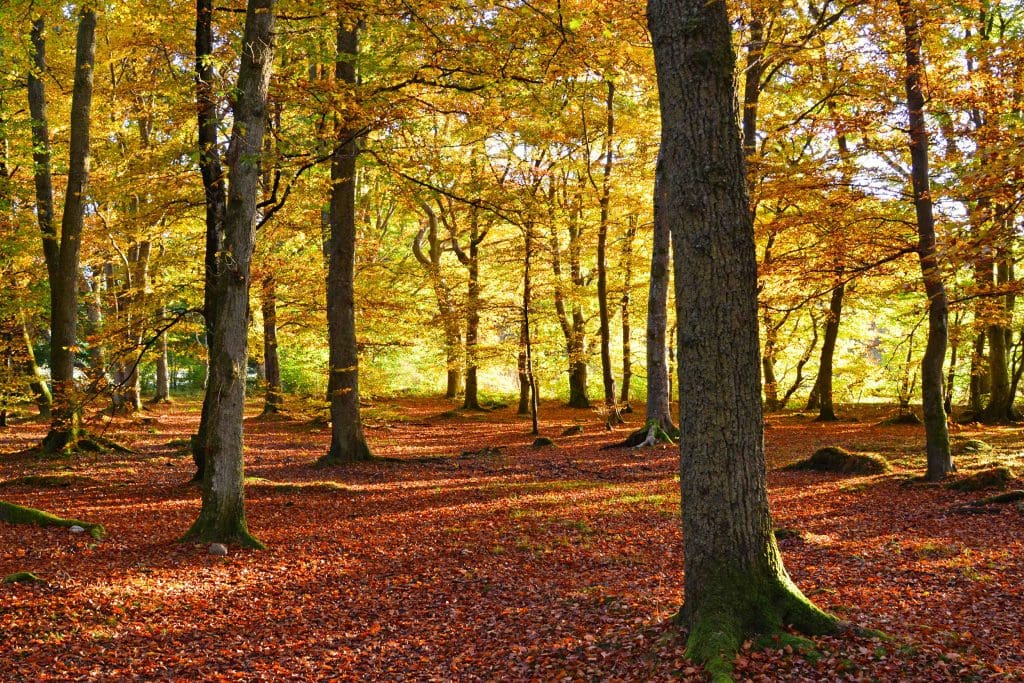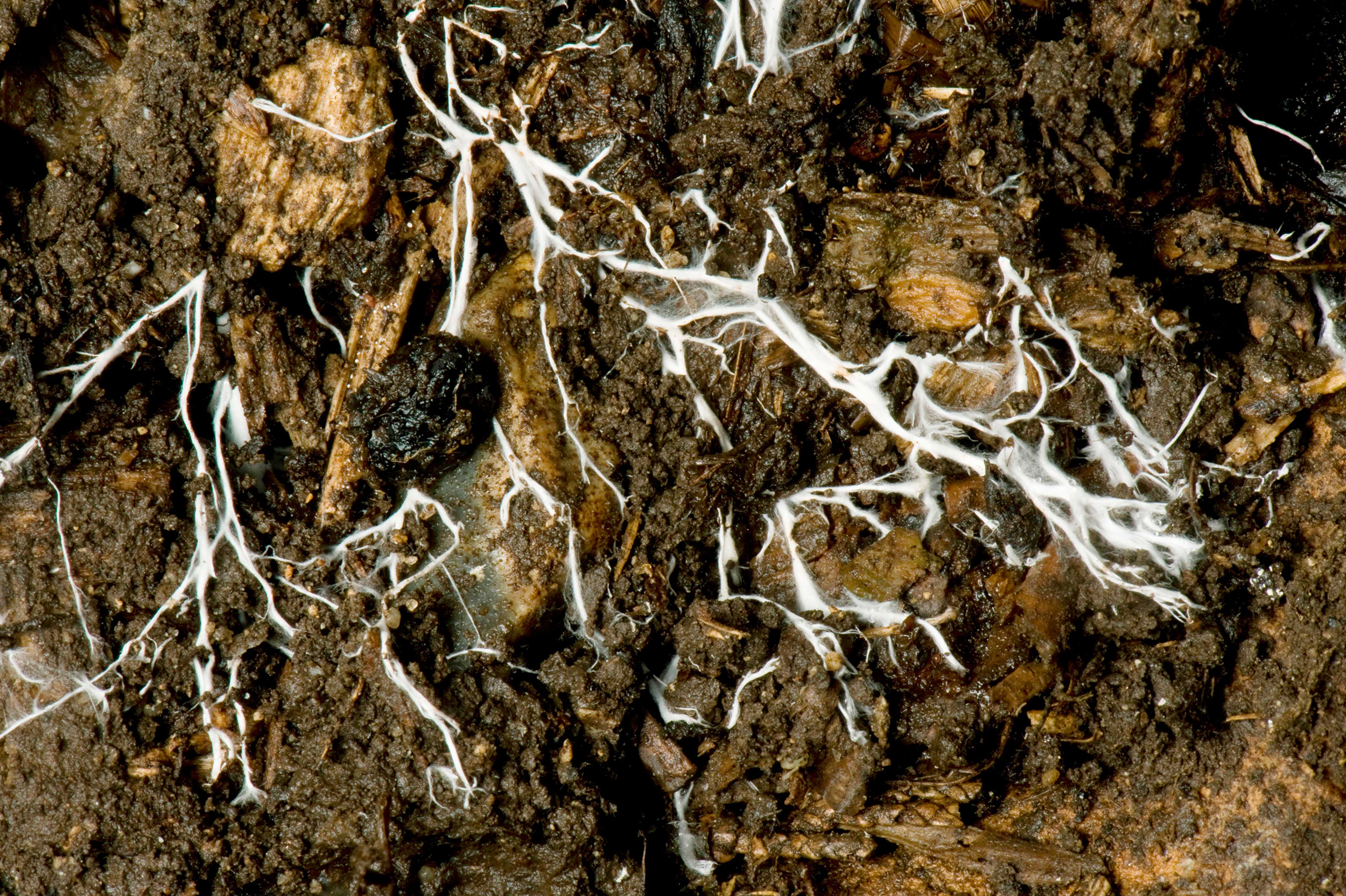The wood wide web is a complex social and networking community support system hidden beneath the woodland floor: a communications operation; wiring, charging and plugging in information, resources and mutual benefits between roots and mycorrhizal fungi.
Scientists are still discovering just how interconnected and vital these ‘fungal optic cables’ are, even as they are threatened by our demands for development, deforestation and agriculture. Ancient, invisible, ecosystem engineers, mycorrhizal fungi connects to plants and trees, and connects them to each other, sharing and recycling nutrients, sending messages (for example, when a plant comes under attack) and locking away billions of tonnes of carbon.
And like a community we might recognise, ‘donations’ of water or nutrients are given to those in need. ‘Mother’ trees send carbon to their seedlings and favouritism is shown to closely related plants. It really is the planet’s (and our) marvellous life-support system.
Listen to this feature here:
You might also like

Breeding like flies?

Winter spectacles



